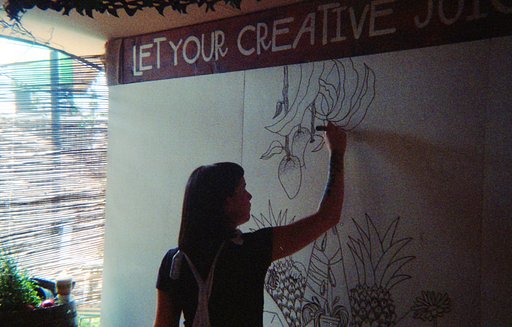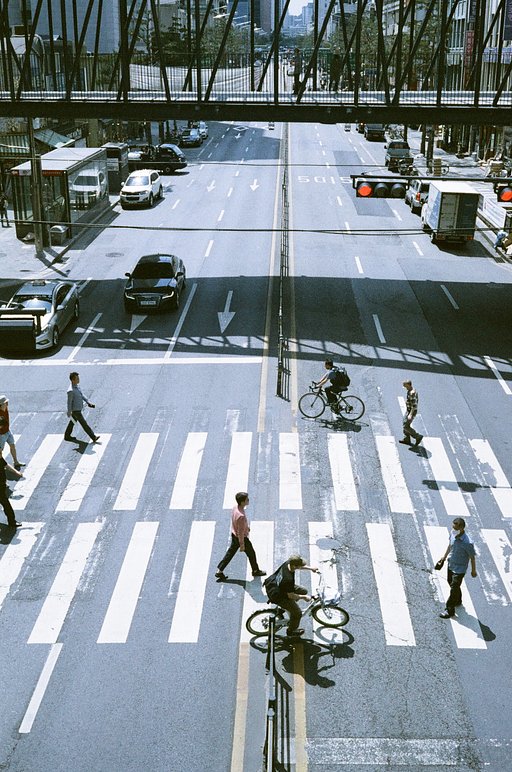What is Art? What is Beauty?
5 30 Share TweetWe asked Robert Hopkins, President of the European Society for Aesthetics, for his thoughts on these and other questions – Read on for his answers!
Is it possible to define what ‘Art’ is?
I think we’d have to concede that a satisfactory definition has yet to be found. The traditional attempts to define art – as representation, or as the expression of emotion or as whatever is made to repay aesthetic attention – all seem to fail to fit some or other important artwork, or even whole genres or artforms. And more recent attempts to capture art’s essence in sociological terms (more or less, the idea that art is whatever the relevant authorities accept as art) arguably don’t really tell us very much. Some have taken all this to show that art cannot be defined: it is by its very nature too protean, too exploratory and fluid, ever to be captured in a formula. However, it’s not clear that art is harder to define than other concepts. (Try truth, or knowledge, or doing what one ought.) All our most interesting and important ideas resist definition.

Is Beauty only in the eye of the beholder?
Well, what’s the alternative? If the only other option is that beauty is ‘in’ the thing we find beautiful then – assuming we can make sense of this talk of properties being in places at all – I’ll go for the beholder’s eye. But consider colours. Are they ‘in’ objects or ‘in’ the eye of those who see them? That looks like a false choice. Colours may not be fundamental features of the world, the way that shapes or mass are. But nor are they mere fantasms. We can make mistakes about the colour of things (think of colour-blind people, or seeing something in an unsuitable light), and that’s enough for our judgements of colour to have some kind of objectivity. And, although there are complications here, I think things are much the same with beauty. It may not be part of the fundamental furniture of the universe, but nor is it simply something individuals impose on the world.

What makes Photographs special?
Photographs are pictures, and so are special in the way that all pictures are. But photographs are pictures of a special kind. What is special about them, versus other pictures? I’m sympathetic to the thought, which I’ve heard various photographers endorse, that photos are ‘traces’, while other pictures are ‘signs’. What does that mean, though? I think that what distinguishes photographs is that the way they show the world to be depends on how it was, without depending on how the photographer took it to be. That’s not true for other pictures: even when they are accurate, they are so only because the artist sought to show how things are, and herself saw the world accurately. Of course, there are complexities here, to do with the very considerable control the photographer does have over the image. Still, I think those don’t, in the end, alter the underlying facts.

Why do we care about Art?
A good question! One striking feature of most accounts of what art is, is that they completely fail to explain why we’d value it. That’s certainly true of most of the theories I mentioned above – though an honourable exception here is the view that art is expressive, at least as that view was developed by the 20th century English philosopher R.G.Collingwood. Perhaps there is simply nothing, at the utterly general level, to be said about art’s value. Perhaps, in other words, we should start instead by asking why we care about this painting, or that piece of music; or perhaps by asking what there is to care about in (say) painting in general that is not available in music, and vice versa. The deity might be in the detail, if you’ll allow me the pun.

Why do people care that an artwork is an original rather than a forgery?
It’s not really a philosopher’s job to say why in fact people care. However, it is my job to explore why they should care – to find the differences between originals and forgeries that might make it reasonable to prefer the former. The question only really gets interesting if we imagine that the forgery is perfect, i.e. so good that no matter how long one looks, or how expert one’s eye, one will not be able to tell it from the original. Even so, the original will have properties the forgery lacks. The original might, for example, be ground-breaking as art; the forgery can at most be ground-breaking as a copy. In a way, it’s obvious that there can be this sort of difference between the two. So, since I think we all worry that there might really be an issue about whether it’s rational to prefer the original, the question becomes why we might think that these differences somehow don’t count. The answer can only lie in the thought that what is valuable in an artwork must show up in our experience of it. Can the ground-breaking nature of the original do this, even though the indistinguishable forgery lacks that feature? Perhaps surprisingly, I think it can – though I’d need more space than we’ve got here to explain quite how.

Robert Hopkins is the President of the European Society for Aesthetics and Head of Philosophy at The University of Sheffield in the UK.
Want to bring real life beauty back? Head to the Microsite, take part in our Shoot Your Prophecy Competition and download the Future is Analogue posters!
written by tomas_bates on 2011-03-18 #art #lifestyle #analogue #beauty #future #philosophy
















5 Comments